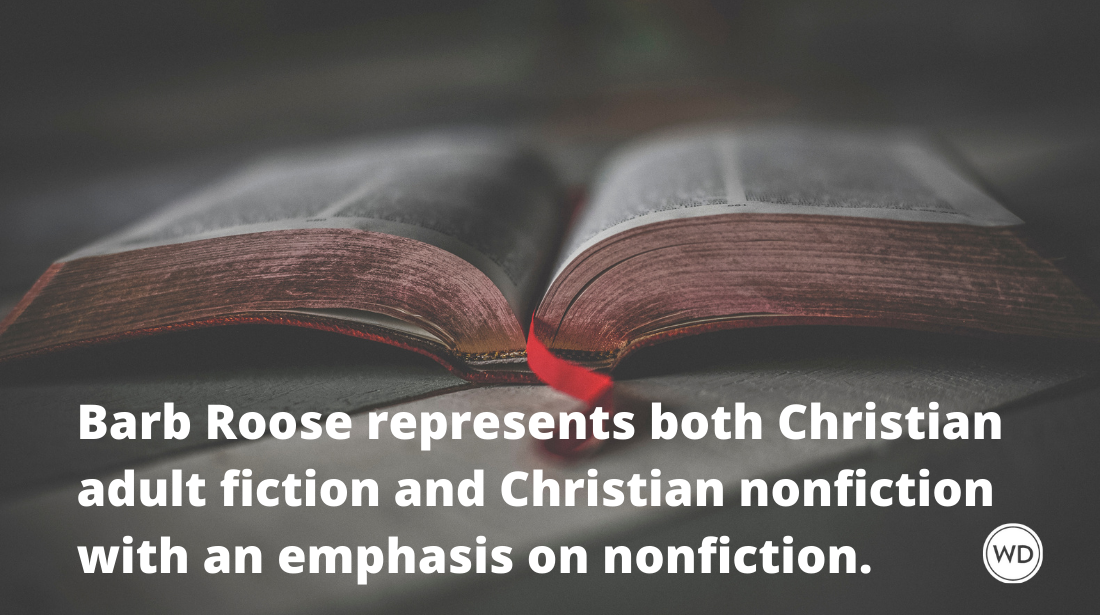3 Things I Learned About Writing: Analyzing Stephen King’s IT
This reoccurring column takes the classic writing advice “good writers are good readers” and puts it to work, by looking at books across all time periods and all genres to find techniques that we can apply in our own work. This installment examines Stephen King’s iconic horror novel, IT.
1. Never underestimate the use of smell.
“He could smell the cheery aroma of midway sawdust. And yet…
And yet under it all was the smell of flood, decomposing leaves and dark storm drain shadows. That smell was ret and rotten. The cellar smell.”
Throughout the novel, this scent of death and decay is always associated with the arrival of IT. This particular description occurs in the first chapter of the novel. All the reader knows is that cute little Georgie Denbrough found a clown in stormdrain. Odd, but not alarming. It’s this smell that tells the reader to be afraid, that this clown is evil, death and decay incarnate. This smell has raised the stakes. Georgie is in extreme danger and now we know it.
2. Names are powerful—an absence of names is even more so.
“The writer’s woman was now with It, alive yet not alive—her mind had been utterly destroyed by her first sight of It as It really was, with all of Its little masks and glamours thrown aside—and all of the glamours were only mirrors, of course, throwing back at the terrified viewer the worst thing in his or her own mind...”
Names equal identity. If someone is named, they’re important and they’re solid. “The writer’s woman” is Audra, wife to our hero, Bill Denbrough. IT is never named; Pennywise the Clown is just one identity. When IT takes Audra, IT strips her of her identity, just like IT has no identity. If you introduce your reader to a character named Bob, but then he suddenly decides to start going by John, you’re signaling a radical identity shift. A complete lack of identity, like we see with IT, makes a character distant and totally separate from reality. The longer you make the reader wait for a name, the more mysterious and sinister your character becomes.
3. Consistent images are a reader’s best friend.
“The bird’s tongue was silver, its surfaces as crazy-cracked as the surface of a volcanic land which has first baked and then slagged off.
And on this tongue, like weird tumbleweeds that had taken temporary root there, were a number of orange puffs.”
This image of an orange tuft appears in every manifestation that IT takes. Pennywise will have orange tufts of hair or orange pompoms on his outfit, for example. Because IT changes faces so many times, this visual keeps the reader on track. Without it, it’s easy to assume we’re dealing with multiple villains. The image keeps IT and all of IT’s manifestations solidified. Consistent images are extremely useful when the risk of distraction is high and you want to keep your readers on track.
Hannah Haney is a regular contributor to the GLA blog and to Writer’s Digest. She is the Managing Editor for Relief Journal and has been published in The Cincinnati Enquirer and Writer’s Digest. In her free time, she reads good books, eats good food, and writes bad poetry. You can follow her on Twitter or on her blog.






